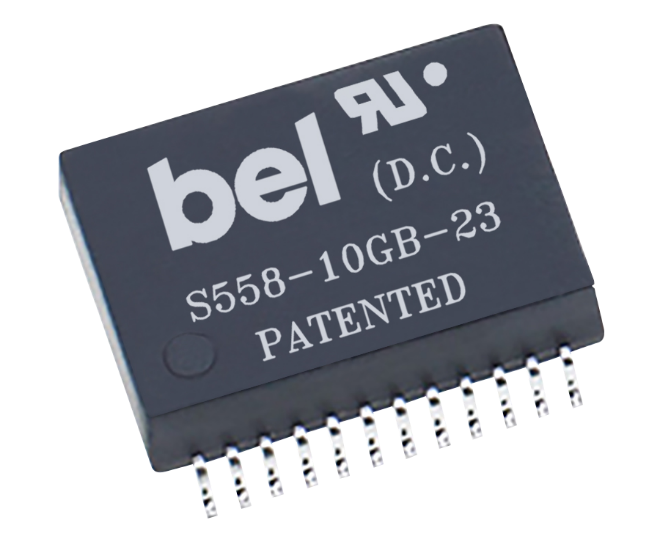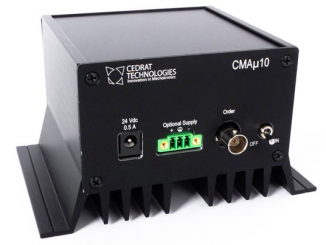According to a new technical market research report, Superconductors: Technologies and Global Markets (AVM066C) from BCC Research, the global market for superconductor technologies was valued at nearly $1.7 billion in 2011 and should reach $1.8 billion in 2012. Total market value is expected to reach $3.3 billion in 2017 after increasing at a five-year compound annual growth rate (CAGR) of 12.6 percent.
 The superconductivity market can be broken down into three segments: magnets, electrical equipment and electronics.
The superconductivity market can be broken down into three segments: magnets, electrical equipment and electronics.
Magnets are expected to have a value of nearly $1.8 billion in 2012 and $2.3 billion in 2017, a CAGR of 5.2 percent.
Electrical equipment should total $26.9 million in 2012 and $920.1 million in 2017, a CAGR of 102.7 percent.
As a segment, electronics is expected to be worth $11.5 million in 2012 and $88.7 million in 2017, a CAGR of 50.5 percent.
Important properties of superconductors include conductivity, reaction to nearby magnetic fields, and the ability of electrons to tunnel through a thin non-superconducting layer sandwiched between two superconductors.
A superconductor is an element, intermetallic alloy, or compound that loses all resistance to the flow of direct electrical current (DC) and nearly all resistance to the flow of alternating current (AC) when cooled below a critical temperature (Tc). The Tc is different for each superconducting material. There are two main classes of superconductors: Type I and Type II.
This report will help its readers:
- Identify superconducting applications with the greatest commercial potential in the near term to mid-term (2011 to 2017)
- Analyze the key drivers and constraints that will shape the market for these superconducting applications as the basis for projecting demand over the next five years
- Estimate current and future consumption of superconducting materials and other key enabling technologies
- Identify the companies that are best positioned to meet this demand because of their proprietary technologies, strategic alliances, or other advantages.
This report is intended for marketing executives, entrepreneurs, investors, venture capitalists, and other readers with a need to know where the superconductivity field is headed over the next five to 10 years. Other readers who should find the report particularly valuable include government officials associated with the US Department of Energy (DOE) and other national and state-level programs charged with advancing the development of the nanotechnology industry.



